12 Theories of Management: Classical, Behavioral, and Modern Theories (Explained)
What are Theories of Management?
Theories of management are the concepts and guidelines that a manager can use to manage different organizations for successfully running their operations. These theories offer different ways of managing modern organizations.
Different management theories have evolved a long time ago and still, scholars are trying to search for new theories for the management of different work settings. Although some theories were developed a century ago, they still offer suitable ways to manage different work settings.
It is well known that previously i.e. classical management theories were production-focused but with the call of the modern era, the theories have become employee-focused. Although these theories are different from each other to some extent, they all have one thing in common: they all ultimately support organizational goals achievement.
Basically, there are 12 theories of management that can also be categorized into three groups. They are:
- Classical Theories
- Scientific Management Theory
- Administrative Theory
- Bureaucratic Management Theory
- Human Relations and Behavioral Science Theories
- Maslow’s Hierarchy of Needs
- Human Relations Theory
- Theory of Participative Management
- Theory X and Theory Y
- Two Factor Theory
- Modern Theories
- Decision Theory
- Management Science Theory
- System Theory
- Contingency Theory
Let’s discuss these 12 theories separately,
12 Theories of Management
Scientific Management Theory
Whenever you hear about scientific management theory you should be clear that it uses scientific tools or procedures in work settings.
It was F.W. Taylor who introduced us to the scientific management theory during the industrial era. This theory is based on improving workers’ efficiency and productivity in the organization.
This theory is a bottom-up approach that believes that the efficiency of workers i.e. lower level employees will ultimately lead to the overall efficiency of the organization.
Taylor has discarded the rule of thumb, hit, and miss, and introduced scientific ways of conducting organizational activities. He further introduced a peace wage rate system, motivation through incentives, and believed there can be science in doing every job even the small ones.
Administrative Management Theory
Administrative management theory is related to the management of the overall organizational structure. This theory talks about how the overall functions of an organization should be managed. And, emphasize proper management of whole organization functions to bring productivity.
Administrative management theory was introduced by Henri Fayol after scientific management. This theory offers us a comprehensive management framework that is applicable to every organization. Its 14 management principles are applicable to all work settings.
This theory is a top-to-bottom approach that believes that the efficiency and productivity of top managers will ultimately bring efficiency and productivity to the overall organization including middle and lower managers and workers.
Bureaucratic Theory of Management
The bureaucratic theory is the rigid and tight structure-based framework of management. It emphasized in the organization there should be formal structure, clear rules & regulations, impersonality, and hierarchal authority.
The bureaucratic theory of management is introduced by Max Weber – this theory is also known as one of the most aggressive theories of management.
He was totally opposed to favoritism or politics in the work setting. He emphasized there should be impersonal i.e. professional relationships only in work settings. The treatment and judgment of employees’ performance should be based on fairness, formality, and merit.
Maslow’s Hierarchy of Needs
It was Abraham Maslow, a socio-psychologist who introduced a motivation theory called “Hierarchy of Needs”. It assumes that human needs form a hierarchy. Needs in a human being emerge from lower level to higher level successively after fulfilling the lower level.
Also read: The 3 Levels of Management
Maslow stated human needs on five levels physiological, security, social, esteem, and self-actualization. According to him, lower-order needs like physiological and safety needs should be satisfied first then only higher-order social, esteem, and self-actualization.
He explained that need creation and satisfaction is a never-ending process. Thus every manager must understand the needs of employees and initiate to satisfy their unfulfilled needs. This motivates employees and increases productivity.
Human Relations Theory
Human relations theory can be defined as the humanistic management framework. It considered employees as human beings not just as working machine.
Elton Mayo and his team through different studies and experiments developed this human relations theory. Elton Mayo emphasized employees’ feelings and attitudes should be valued in work settings.
As classical theories preferred rigid working structure and money as the only incentive that motivates employees this human relation theory discards this. It suggests cooperative organizational settings, friendly supervision, social needs satisfaction, appreciation, etc. also motivate employees.
Theory of Participative Management
The theory of participative management emphasizes welcoming employees to important meetings and decision-making processes.
Mary Parker Follet contributed more to developing this theory of management. According to Follet, the human element in the workplace is an important factor for increased productivity. Management should achieve integrative unity through cooperation and coordination.
Managers should give more emphasis on a participative environment. To increase efficiency and productivity employees should be involved in the decision-making process. Employees of different levels should be encouraged to provide suggestions regarding plans, policies, and operating strategies.
Theory X and Theory Y
It was Douglas McGregor who introduced us to Theory X and Theory Y. It is one important theory of motivation. Douglas explained to us that there exist two types of people in work settings.
According to Douglas, theory X employees means those who do not like to work and if possible avoid it. And, theory Y employees means those who naturally like to work and accept the responsibility.
He stated theory X employees will work well in autocratic work settings whereas theory Y employees in participative or democratic work settings. X employees will ask for more effort from a manager to motivate them and Y employees will bring more effort even with little effort from managers.
Two-Factor Theory of Motivation
This theory is propounded by Frederick Herzberg as a theory of motivation. According to this theory, all factors can not motivate employees. Herzberg classified factors into two categories hygiene factors and motivating factors.
Hygiene factors are also known as dissatisfiers since they prevent employees from feeling motivated while making them unhappy when they are present in the workplace. These elements function similarly to nutrition in that they prevent illness but do not treat it.
The things that drive workers are called motivating factors. According to Herzberg, these motivational aspects are connected to the nature of the job, such as demanding tasks, success, praise, the desire to assume more responsibility, personal development, etc.
Decision Theory
Decision theory is one of the modern theories of management. It describes a manager’s task as making decisions regarding different affairs of the organization.
Decision theory emphasizes a manager must make rational and correct decisions so as to achieve organizational goals as effectively as possible. This theory states a manager should step in 7 steps for good decisions, they are:
- Define the problem clearly
- Define decision premises
- Identify relevant or potential alternatives
- Evaluate alternatives
- Select the best one
- Implement
- And, evaluate and review the results.
Management Science Theory
Mathematical and quantitative approaches are the synonyms of this management science theory.
Actually, management science theory is not developed as management theory. This theory was built at the time of the Second World War to solve military problems in the U.K. and the USA. But when the war ended people started using this framework to solve industrial problems.
It is a disciplined approach, it uses mathematical tools and computer programs to analyze the problems. It is more used for solving technical problems than human problems. This theory is more appropriate for solving complex management problems.
System Theory
System theory of management assumes an organization is a system, in fact, it is. It assumes an organization is like a human body, for the human body to function properly every organ need to work properly, and for the organization, every part needs to work properly.
It describes an organization as having different parts including different departments, business units, employee teams, etc for the achievement of the system’s goals every part of the organization’s cooperation and coordination is required.
System theory explains as inputs the organization should have quality employees, and resources – for processing good decisions and control – and for output quality products and good employee behavior. It aims to generate a synergetic effect through the proper coordination of the organization’s different parts.
Contingency Theory of Management
Contingency theory is the last from our list of 12 theories of management. This theory states that there is no universal management concept that fits any situation and can solve work-related problems. This theory is opposed to classical concepts of universally applicable concepts.
This theory is also referred to as the situational theory of management. It states a manager should be strong enough to cope with changes because that’s what makes him a good manager. It states a management concept that is fit today or works well today will not work as expected in the coming days. Due to many internal and external factors, the management concept may not give the expected results.
The situational theory has given four contingency variables that a manager should cope with – the size of the organization, the level of technology, environmental uncertainty, and individual differences.
Read Next: Challenges in Management and How to Overcome
Sajan Kushmi is a content writer with more than 4 years of experience. He holds BIM Degree. He write on the topics related to Management, Marketing, and Entrepreneurship.
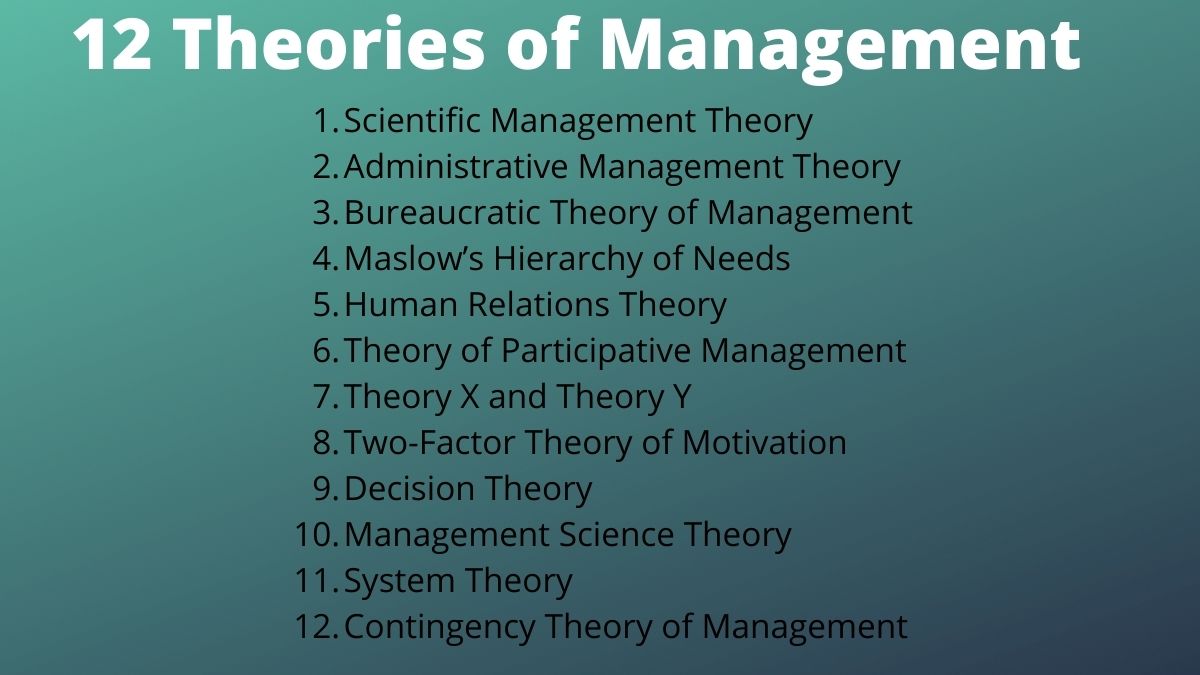
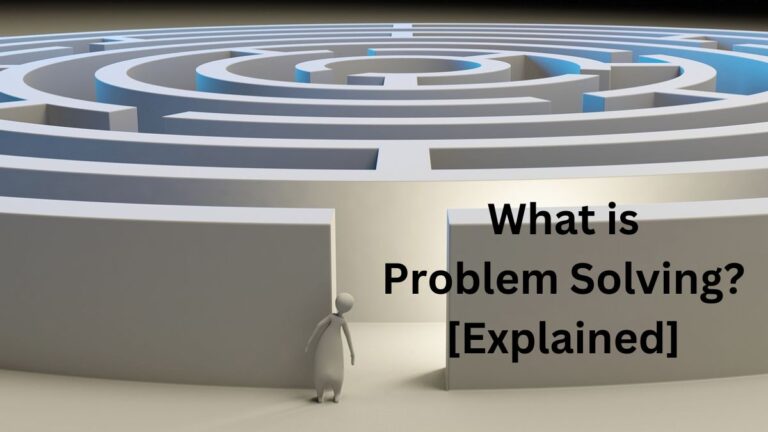
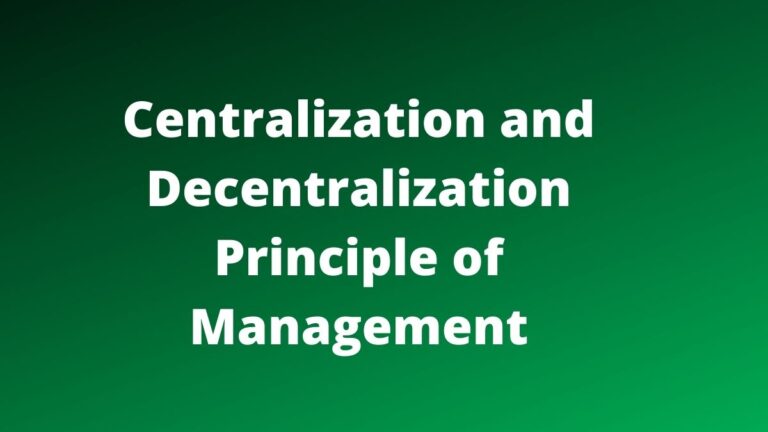


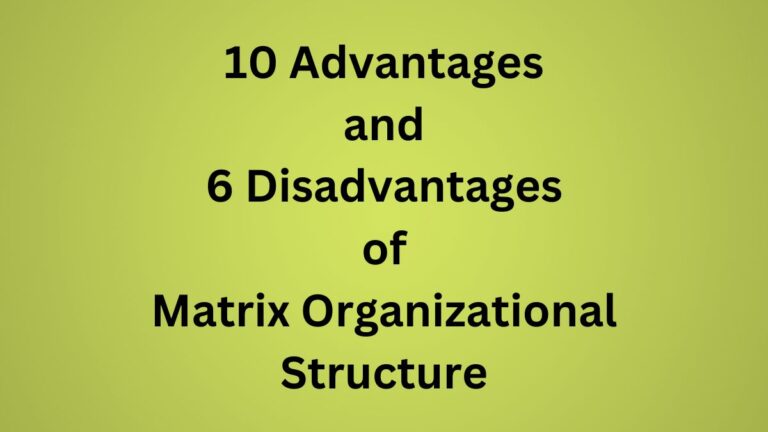
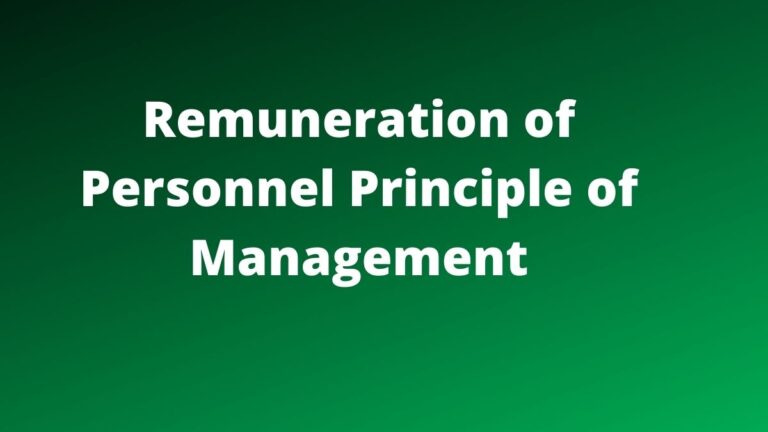
This is a very teaching and the best I wanted
You are welcome, Nigisha
I got well informed.
Thankyou so much.
You are welcome, Daniel.
It has been so nice to visit your website kindly keep me informed
We are really happy to help you, Edison.
I like it
This was good!!!